Swift Aid from the Sky: Drone-Delivered Naloxone
In a groundbreaking development, research has revealed that untrained bystanders can effectively use drone-delivered naloxone to save lives during opioid overdoses. This study, conducted with 17 participants in simulated overdose scenarios, offers a promising solution to a growing crisis. Naloxone, also known as Narcan, is a critical opioid reversal agent, and its timely delivery could mean the difference between life and death.
The Study: Breaking Barriers in Emergency Response
According to The Conversation, Participants in the study, portraying untrained bystanders, received naloxone delivered by drones and were instructed via a video on how to administer the nasal spray to a mannequin representing an overdose victim. Amidst the simulated urgency, created by a panicked observer, the average time taken to administer the drug was just 62 seconds. This rapid response could be crucial in real-life situations, where every second counts.
The Urgent Need for Faster Response
In the United States, ambulance response times vary greatly, with rural areas seeing an average wait of 14 minutes. In the case of an opioid overdose, where brain damage can occur in about four minutes, these response times are often too long. Drones, however, could reach victims within three minutes, allowing for naloxone administration within a crucial window, potentially saving lives and preventing brain damage.
Beyond the Horizon: Challenges and Next Steps
While this technology holds immense promise, its implementation is not without challenges. Key questions include the strategic placement of drone stations and community acceptance of these life-saving yet unfamiliar devices. As Drone Technology continues to evolve, further studies with diverse and larger populations are necessary to validate the findings and refine the process.

Preparing for a New Era in Emergency Medical Services
The integration of drones in emergency medical services is a step towards a future where technology bridges the gap between an emergency and timely medical intervention. With over 75,000 opioid overdose deaths in the U.S. in 2022, the potential impact of this innovation is significant. It’s a race against time, and drones might just be the game-changers we need.
A New Dawn in Emergency Response
The study’s findings open a new chapter in how we respond to opioid overdoses. It’s a testament to the power of innovation in tackling public health crises. As we venture into this new realm of emergency care, the focus must remain on refining the technology, educating communities, and conducting comprehensive studies. In the fight against the opioid epidemic, drones could be our most valuable allies, delivering hope and life-saving care from the skies.
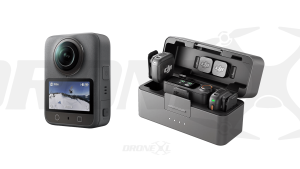











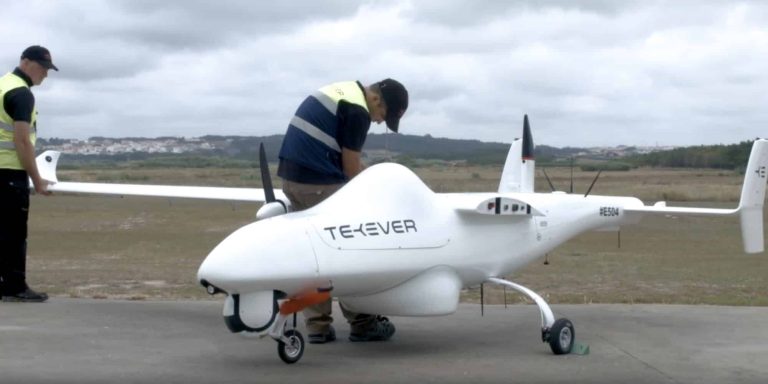
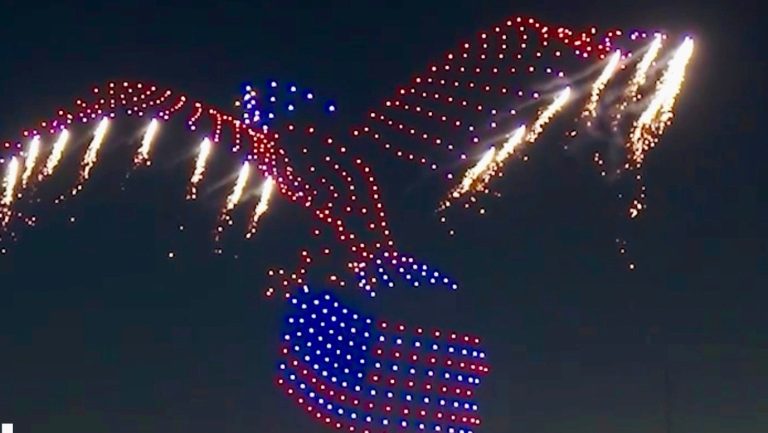

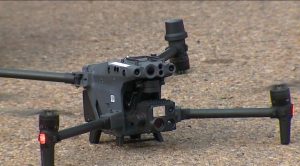

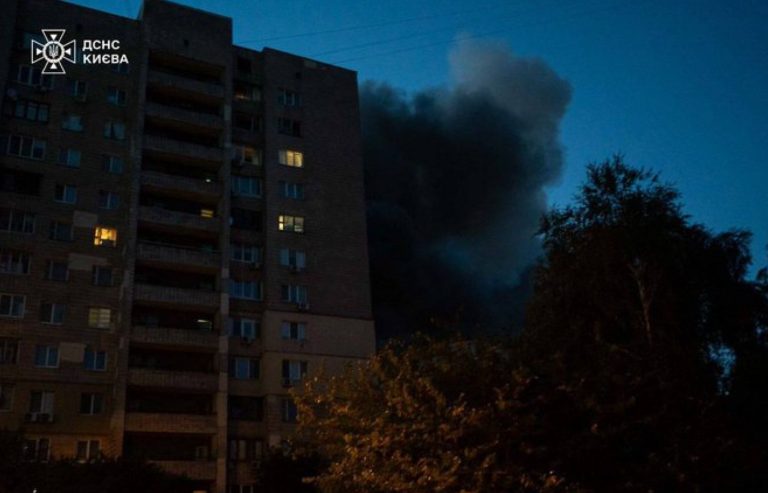
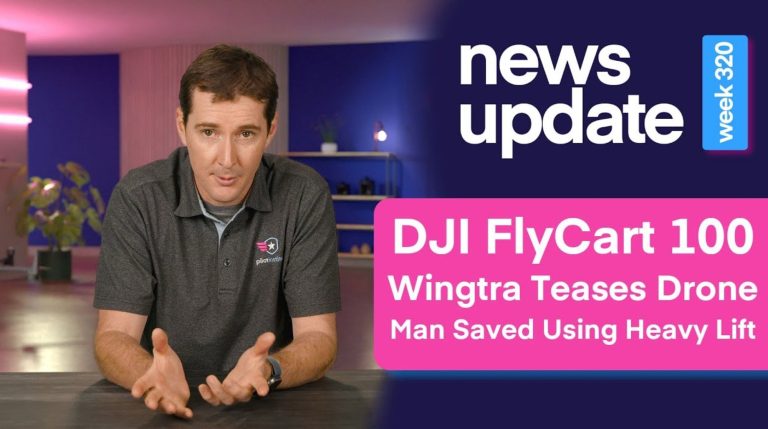
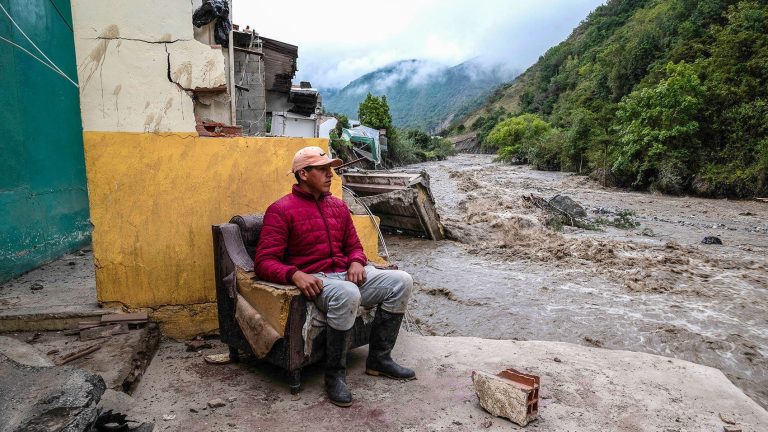

+ There are no comments
Add yours